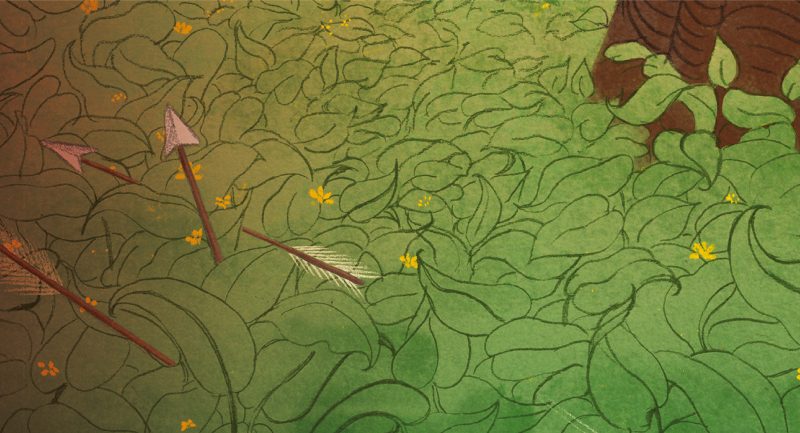
On the eve of 31 December 2019, as the world celebrated the start of a new decade, the province of Wuhan alerted the World Health Organization of several ‘flu-like’ cases. Less than a week later, a novel coronavirus, was identified. In February, the disease it caused was named COVID-19.
The symptoms of Coronavirus are dangerously similar to that of the common flu: fever, coughing, breathlessness, tiredness, headache and muscle pain. But in India, that has such a high population density, we will have to do more than just stick to Namaste to greet each other. What we need most right now is credible and comprehensive information from professionals that can help us understand what the Coronavirus is, and how we can prepare and protect ourselves against it.
Panic is historically an integral component of pandemics. Understanding the Coronavirus within a larger, historical context of pandemics and survival is crucial to prepare – mentally, emotionally, and strategically – for the times about to come. Find an introduction to the history of the coronavirus below:
The Coronavirus
The story of the coronavirus (CoV) begins with Dr David Arthur John Tyrrell, a British virologist studying the common cold. Dr Tyrrell was born in Middlesex, United Kingdom, in 1925, and completed his medical training in 1948. The same year, the Common Cold Research Unit (CCRU) was founded under the auspices of the United Kingdom’s Medical Research Council. In 1957, Dr Tyrrell joined the unit, excited at the prospect of developing a cure for the common cold and, in 1982, became its director.
At the CCRU, he experimented on volunteers to study viruses responsible for the common cold. Newspaper advertisements offered a unique ten-day stay at CCRU where
The volunteers would be infected with preparations of a cold virus. They would be paid £1.75 per day and would be housed in small groups, strictly isolated from one another.
In 1965, Dr Tyrrell’s team isolated an unusual virus from a young boy with the common cold. They exposed several volunteers to his nasal washings and they developed a cold. Interestingly, the virus, initially named B814 after the number of nasal washings, grew exclusively on human embryonic tracheal cultures.
In 1966, Dr Dorothy Hamre and Dr John Procknow identified a similar virus in medical students sick with a cold. Later that year, Dr Tyrrell demonstrated under an electron microscope that the new virus resembled the bird bronchitis virus and the mouse hepatitis virus. With this new information, scientists around the world identified related viruses, giving them similarly unimaginative alphanumeric names. Shortly thereafter, these new viruses were collectively named coronaviruses (CoVs) for their crown-like appearance.
Dr David Tyrrell’s brilliant discovery laid the groundwork for modern research on coronaviruses. Scientists have since identified numerous coronaviruses in a multitude of animal species. These include alpha, beta, gamma, and delta coronaviruses. Gamma and delta coronaviruses infect birds and have not been proven to cause human infections. Alpha and beta coronaviruses have infected humans and many other mammals, especially bats. The seven coronaviruses that have infected humans are called human coronaviruses (HCoVs). Of these, HCoV-229E and HCoV-NL63 are two human alphacoronaviruses, while HCoV-HKU1 and HCoV-OC43 are two human betacoronaviruses. Last, there are the three notorious human betacoronaviruses that have caused SARS, MERS and the ongoing COVID-19 pandemic. The WHO has declared COVID-19 as the most dangerous threat to world public health, the first pandemic due to a coronavirus.
To understand responses and possible ways forward by placing COVID-19 in a historical context, the authors mention Lord Byron’s words: ‘The best prophet of the future is the past’.
A complete story of a disease must include the 5 Ws: the what, who, where, when and why. Epidemiologists are the disease detectives who investigate a new disease like COVID-19. They explore the what (health issue of concern), who (person or people affected), where (place in which the disease is occurring), when (time course of the disease) and why (causes, risk factors, modes of transmission).Stories of past pandemics and viruses help disease investigators and scientists build this framework in order to tackle the novel Coronavirus affecting the world currently.
The Coronavirus: What You Need to Know About the Global Pandemic is the first book that addresses the history, evolution, facts and myths around the pandemic.









